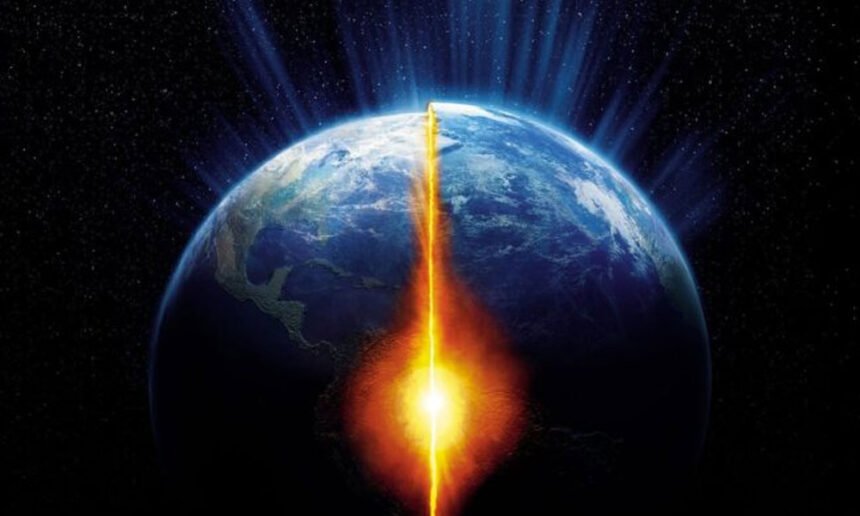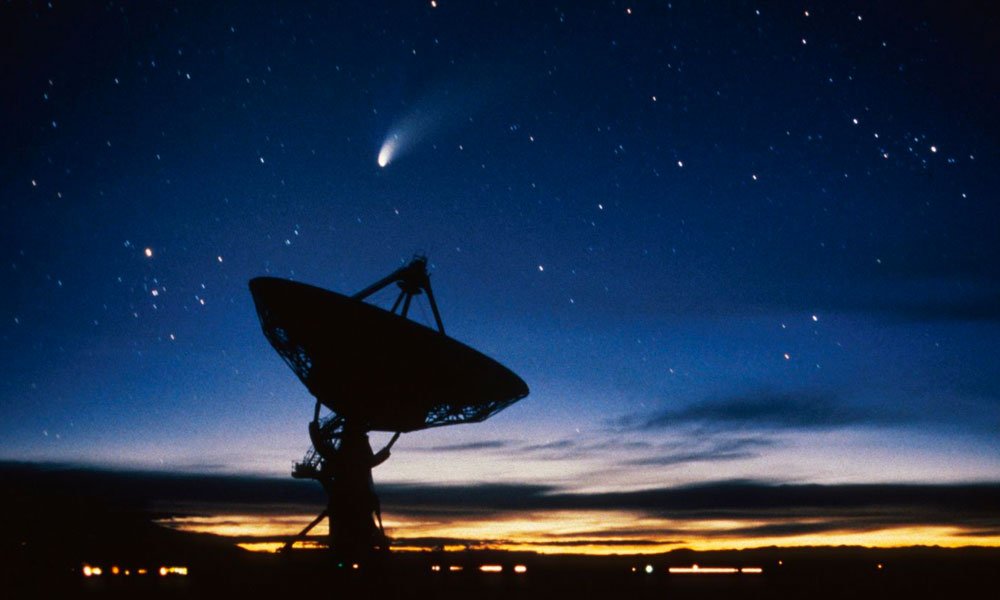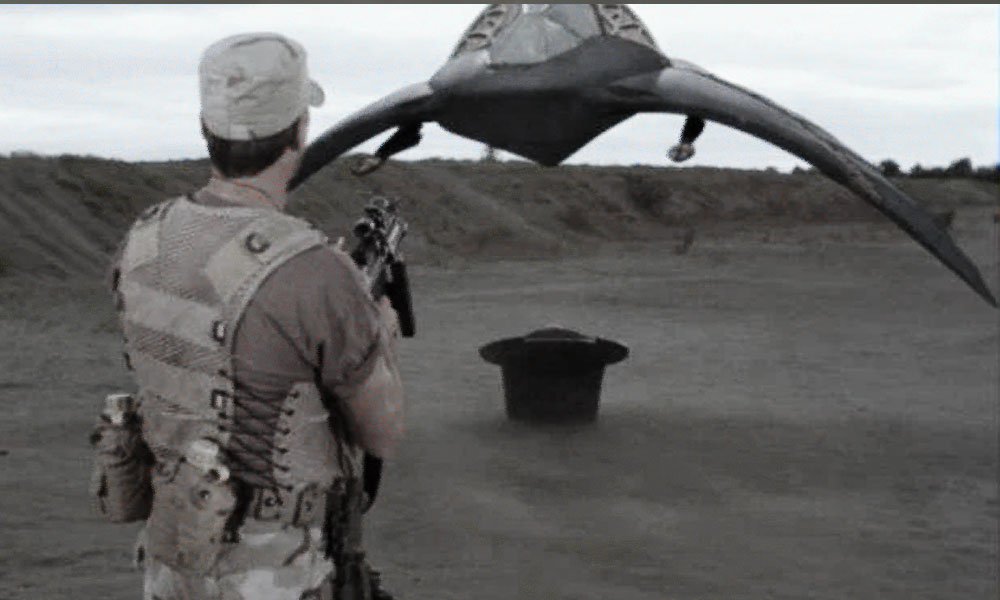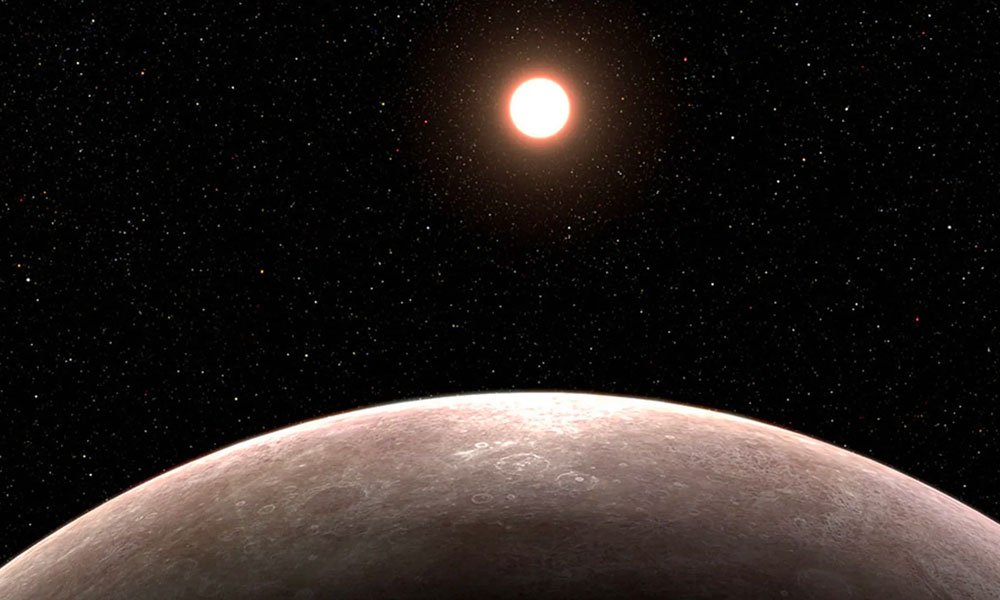In a groundbreaking revelation, scientists have confirmed that Earth’s solid metal core is not only slowing down but has begun moving backward relative to the planet’s outer layers. This core, discovered by Danish seismologist Inge Lehmann in 1936, spins independently within Earth like a whirling top within a larger top, a phenomenon that has puzzled researchers for decades.
The inner core’s rotation speed and direction have long been debated due to the challenges of observing this remote region directly. Seismologists rely on earthquake-generated waves that pass through Earth to infer the core’s behavior. Recent evidence points to significant changes in the core’s spin, sparking contentious scientific discourse about its implications.
Dr. Lauren Waszek from James Cook University notes, “Interpreting these findings has been contentious due to the inner core’s inaccessibility and limited data.” Various studies have disagreed on the core’s rotation rate and direction relative to the mantle, with some even suggesting it might not rotate at all.
A pivotal 2023 model suggested that the inner core, once spinning faster than Earth itself, had slowed to the point of reversing its direction relative to the planet’s fluid layers. Now, a new study published in Nature on June 12 provides compelling evidence supporting this hypothesis, affirming a decades-long pattern of acceleration and deceleration within the core.
Study coauthor Dr. John Vidale of the University of Southern California remarks, “We’ve been arguing about this for 20 years, and I think this nails it. I think we’ve ended the debate on whether the inner core moves, and what’s been its pattern for the last couple of decades.”
Located approximately 3,220 miles beneath Earth’s surface, the inner core is surrounded by a molten outer core. Composed mainly of iron and nickel, it boasts temperatures rivaling those of the sun’s surface. The core’s spin, influenced by gravitational and fluid dynamics within Earth, contributes to the planet’s magnetic field, which shields us from solar radiation.
While seismic waves offer insights into Earth’s deep layers, challenges persist in precisely measuring the inner core’s rotation. Vidale’s team leveraged earthquake data from the South Sandwich Islands and historic Soviet nuclear tests to refine their findings, confirming a 70-year cycle of core rotation that suggests a forthcoming acceleration phase.
Despite these advancements, uncertainties remain, particularly regarding the inner core’s structure and its exact role in Earth’s geological and magnetic dynamics. “Further interdisciplinary research and innovative methodologies are essential to unraveling these mysteries,” asserts Waszek.
In the grand scheme of Earth’s dynamism, changes in core spin subtly affect our planet’s rotation and day length, albeit imperceptibly to the average person. As scientists delve deeper into understanding the inner core, they hope to unveil fundamental insights into Earth’s formation and its interconnected subsurface dynamics.
“As we continue to explore Earth’s innermost secrets,” Vidale concludes, “we anticipate uncovering more about the core’s pivotal role in shaping our planet’s past, present, and future.”


















